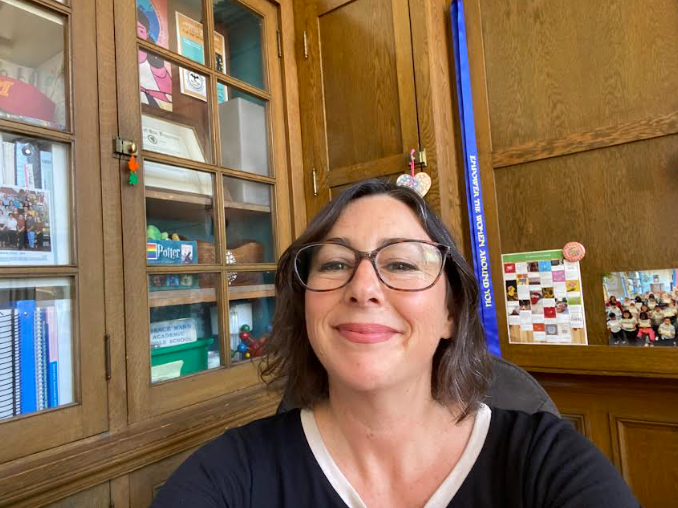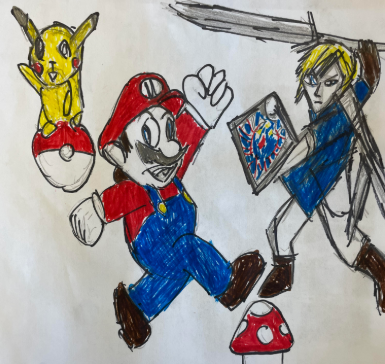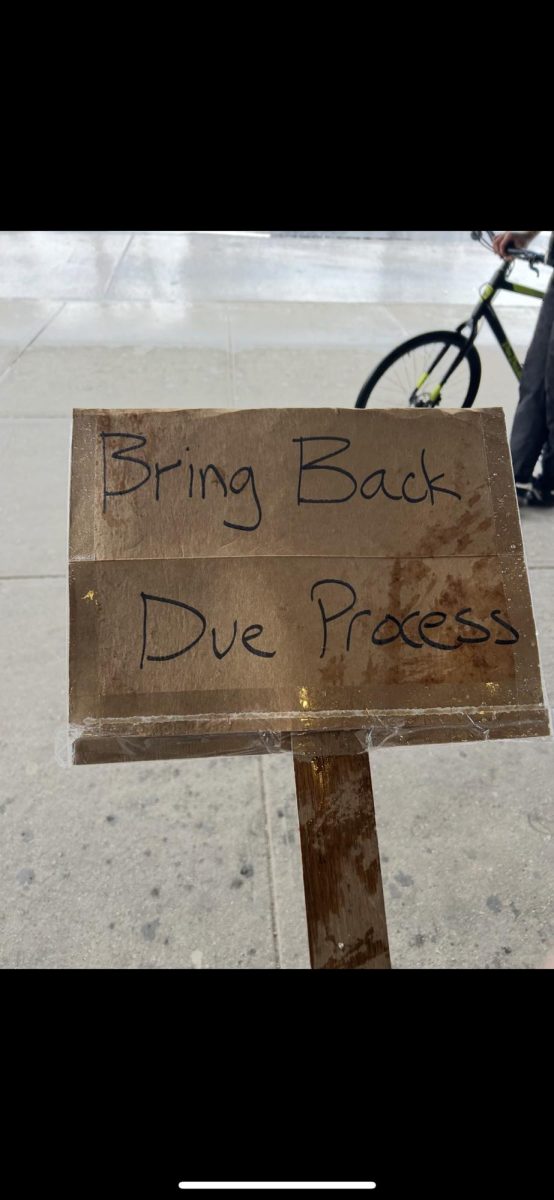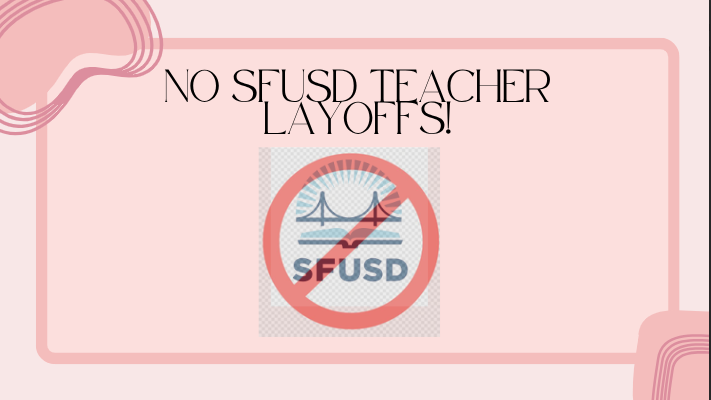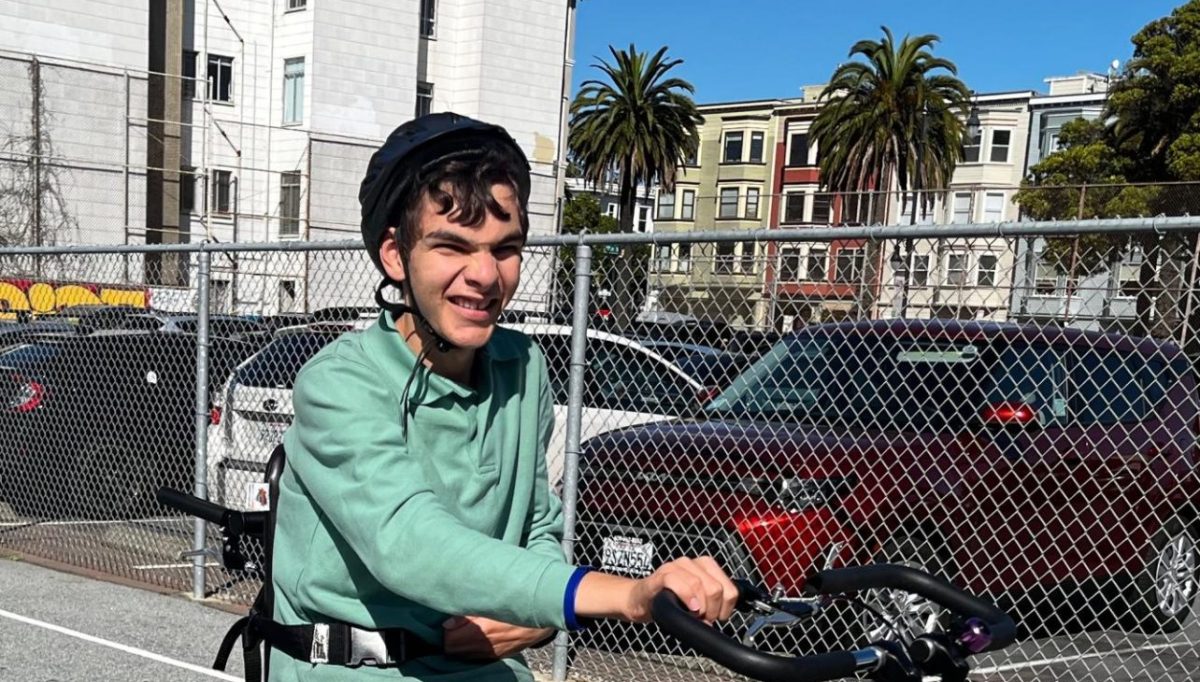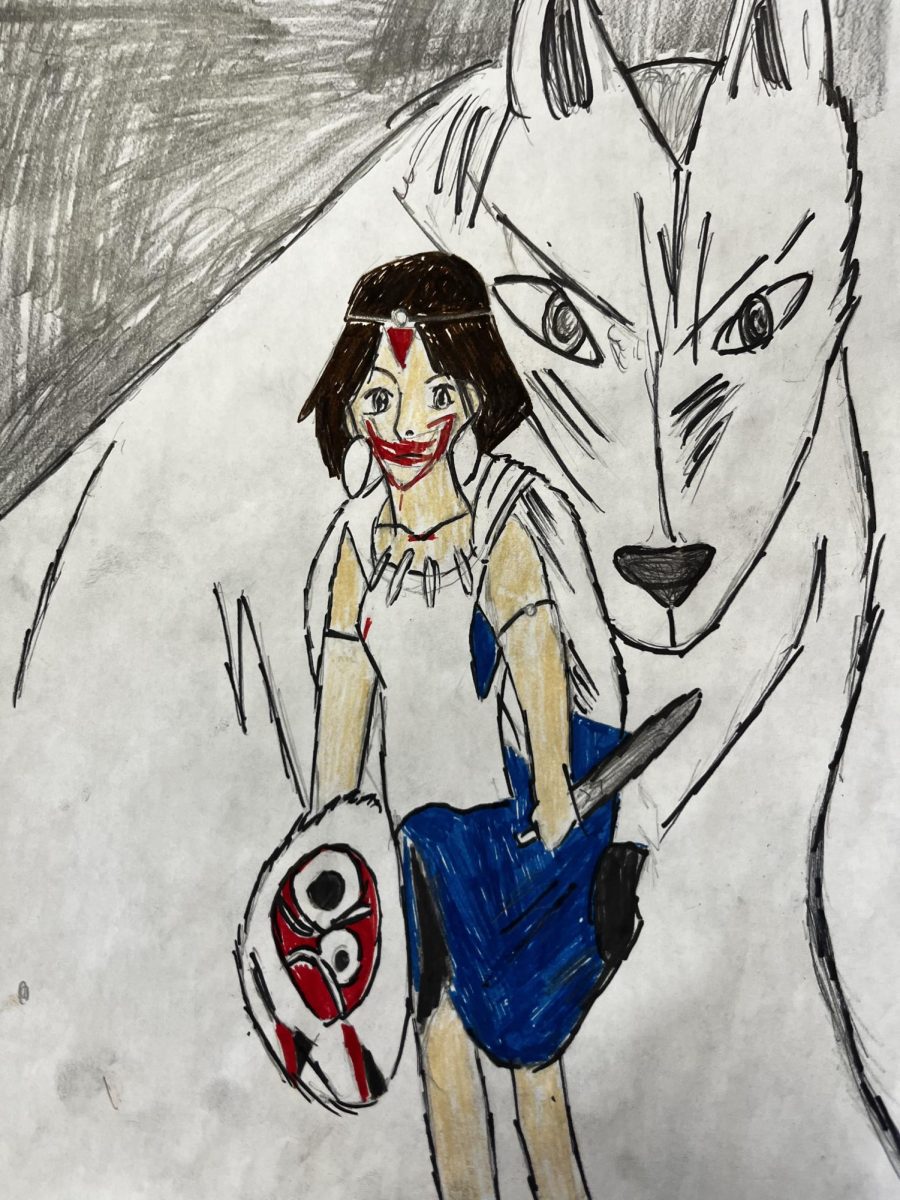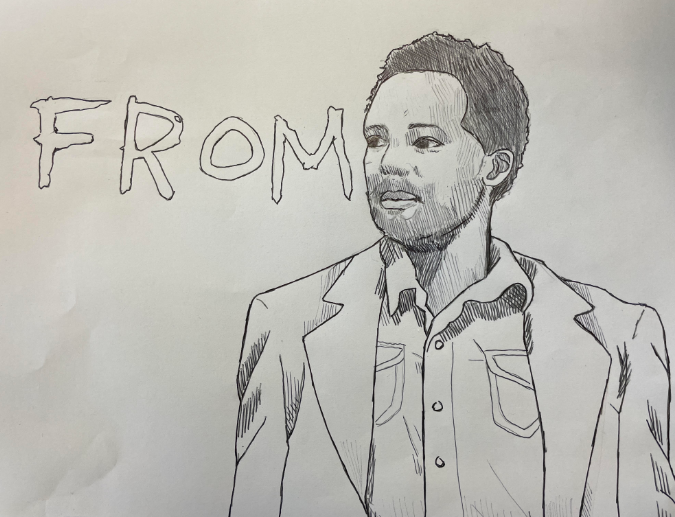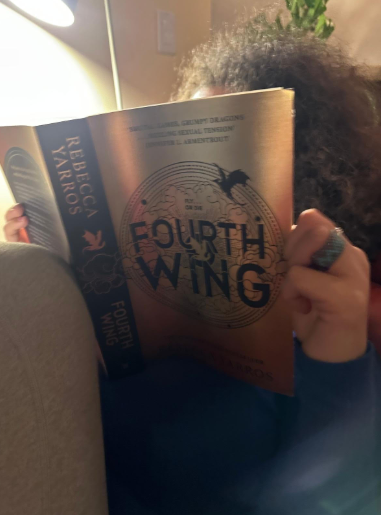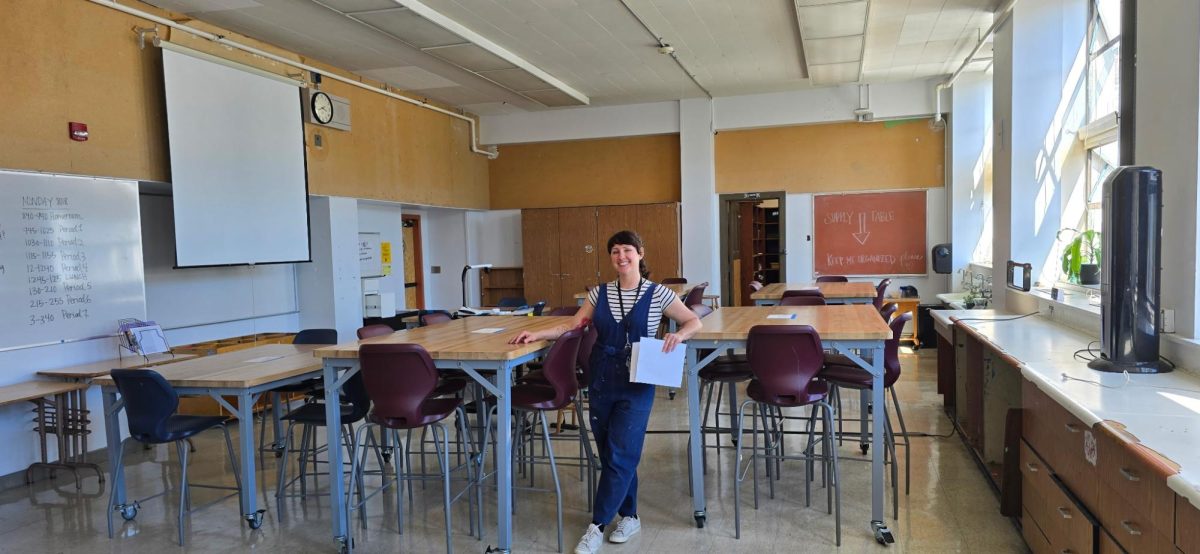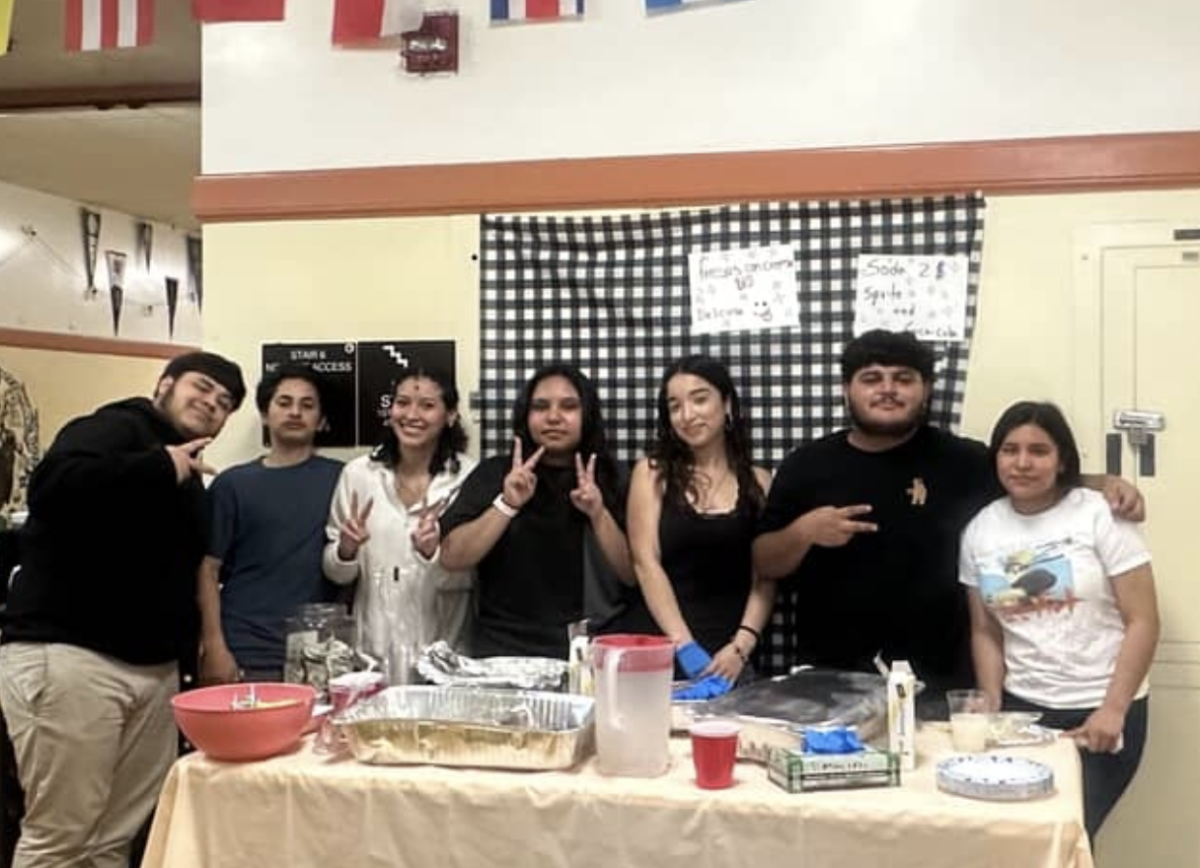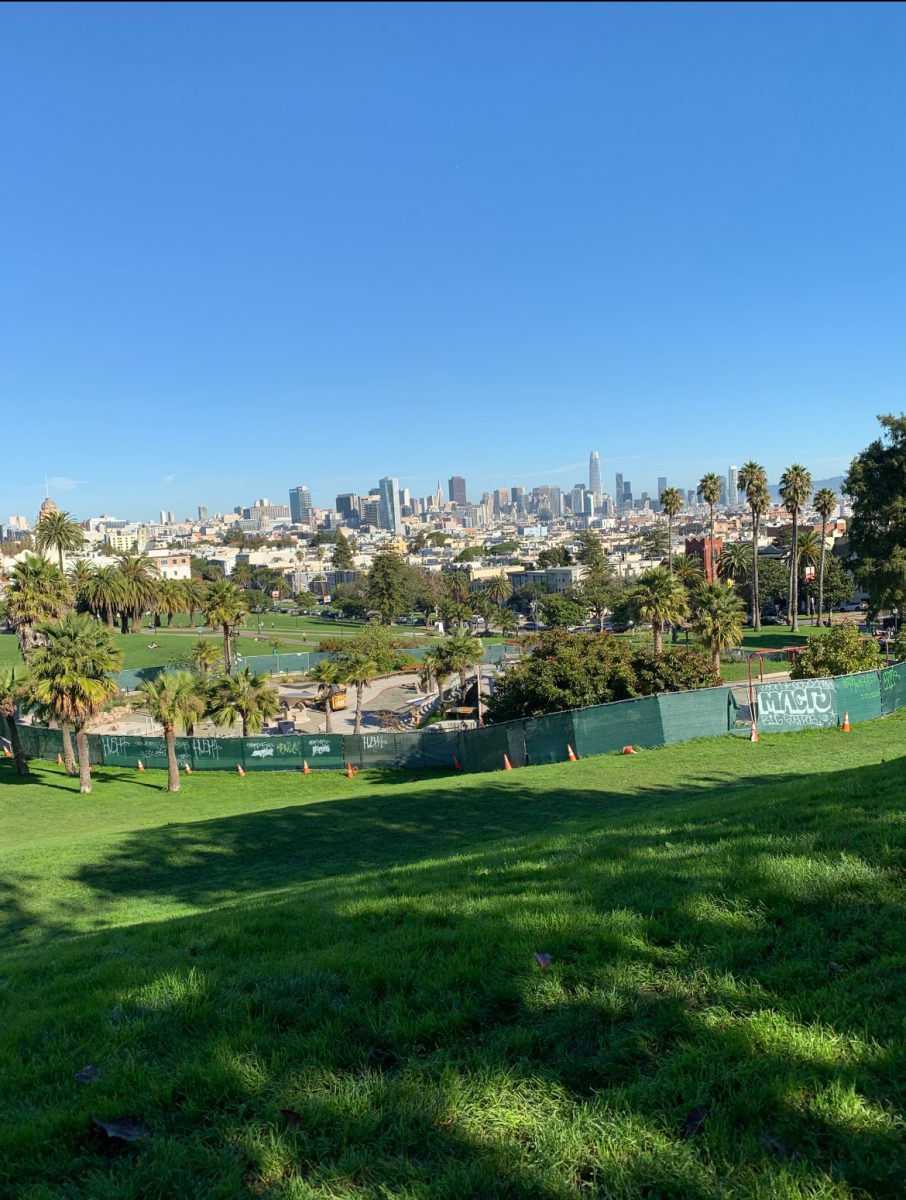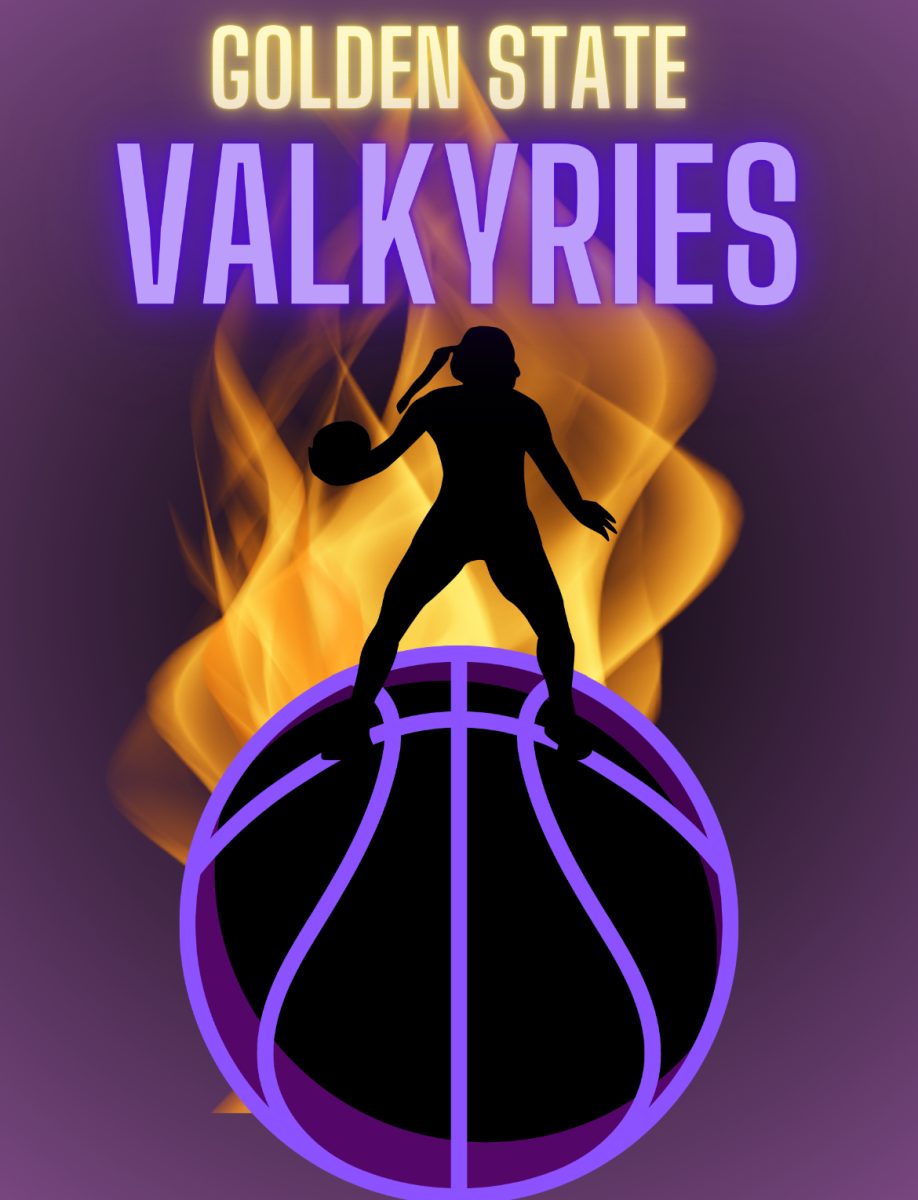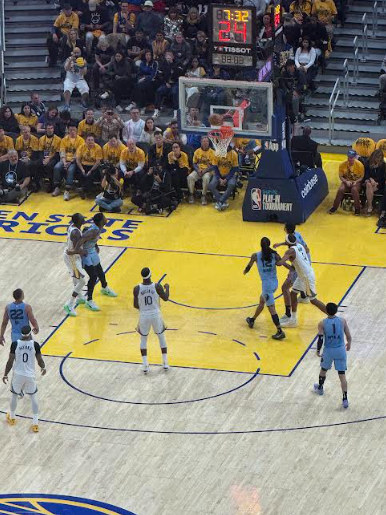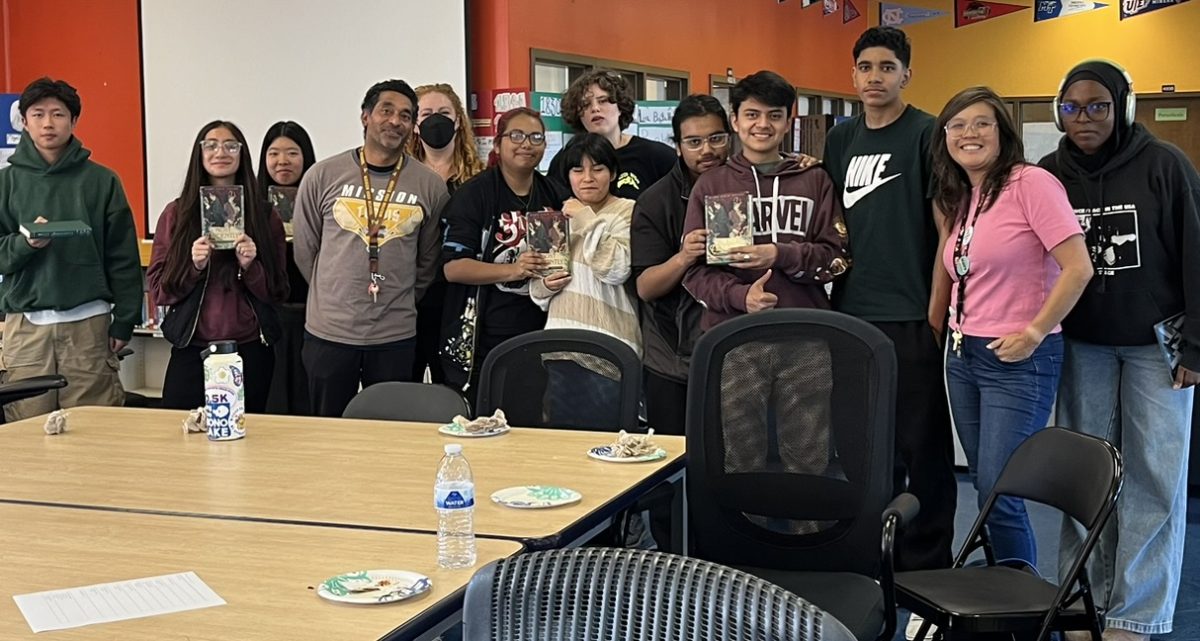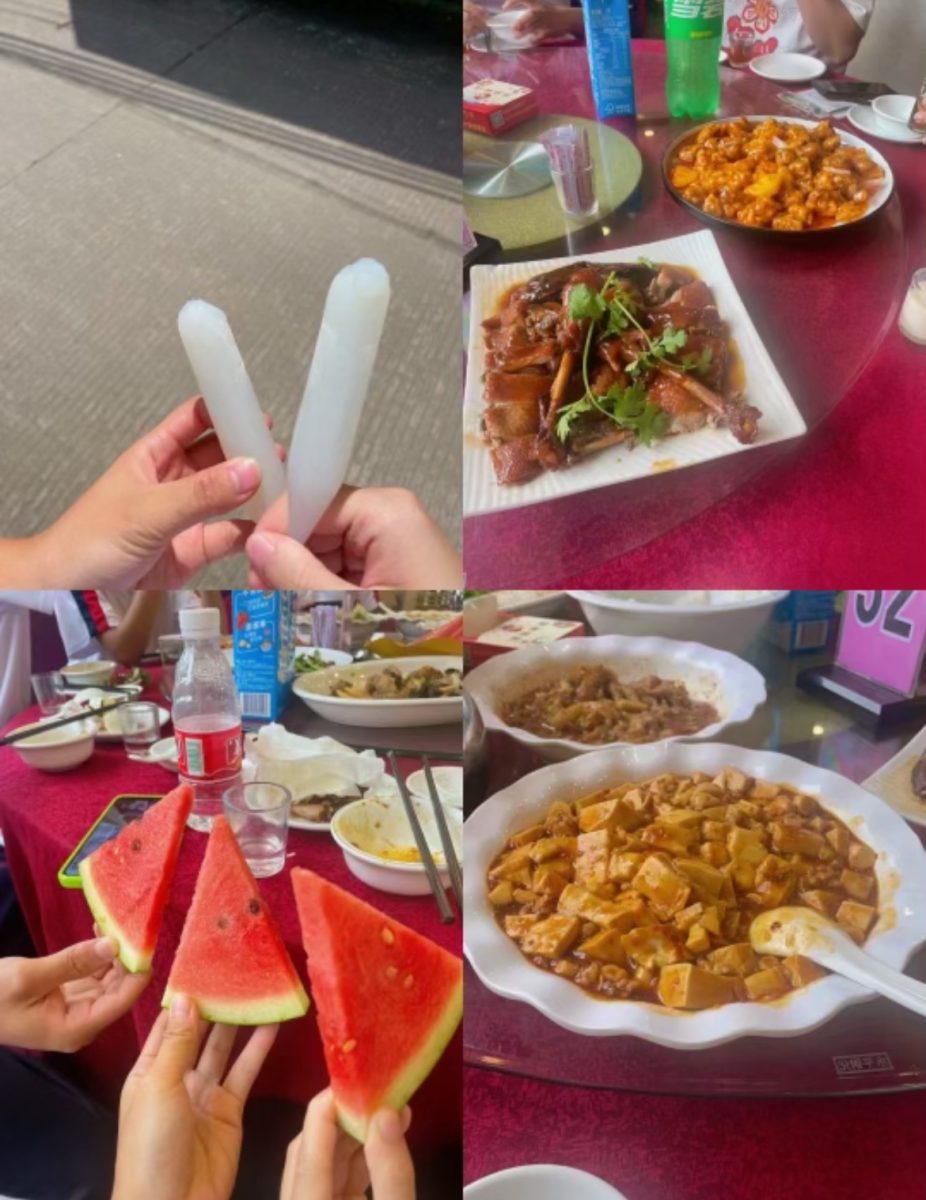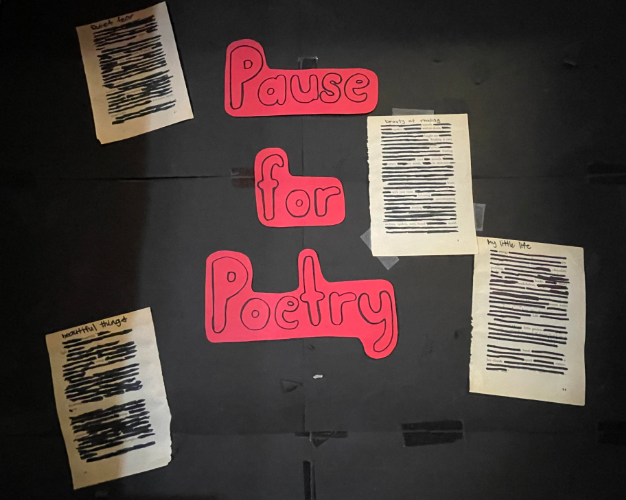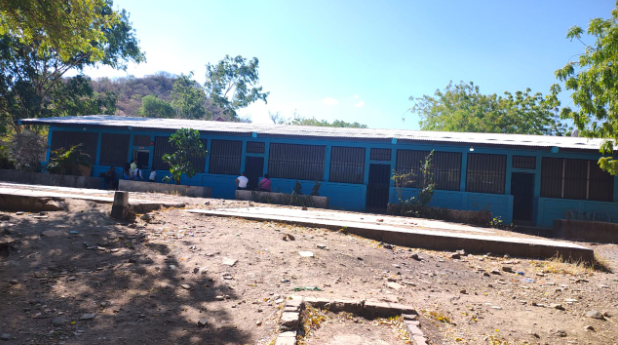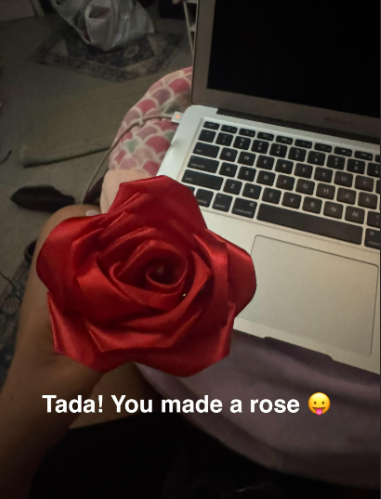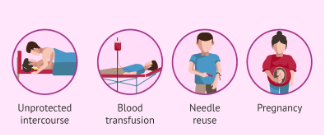I spent a few days home sick this week and I decided to rewatch some of my childhood movies and stumbled upon a classic Ghibli film I saw when I was little, Princess Mononoke.
Princess Mononoke (1997), by Hayao Miyazaki, is a Japanese animated fantasy film produced by Studio Ghibli, who also animated well known award winning animated films like My Neighbor Totoro, Ponyo, and Spirited Away.
The story follows Ashitaka, a young prince who was left cursed after protecting his village from a demon. To seek a cure, he heads to Irontown where he meets their leader, Lady Eboshi. During his journey he also comes across San, a fierce young woman raised by wolves in the forest.
The film doesn’t just show some of the best artistic media of all time, but it also gives us valuable messages that connect to even today.
The film explores themes of industrialization vs. nature, human greed, and the possibility of coexistence. In the movie, the Iron Village’s goal is to destroy the forest for iron and other materials. This mirrors how U.S. corporations and other ones from around the world are destroying nature in the name of capitalism and manufacturing goods. It doesn’t just reflect humanity’s wrongdoings, but it also mirrors nature fighting back.
In the movie the forest is home to boar, wolves, and apes that are in a constant fight against humans in order to protect their forest. It is symbolic of nature fighting back in climate change, natural disasters, and viruses like Covid-19. At the end of the movie when the land is restored and nature thrives, it gives us an open mind to determine what comes next. But it is hinted through the cheerful tone of the people and animals that both humans and nature may finally be able to flourish together.
Another real world connection is when Iron town gets attacked by an army of Samurai. This mirrors current war-like Ukraine vs. Russia and other violent instances between nations. The humans from Iron Village let this war happen as they go off to the forest to kill the deer god, a metaphor of nature. The humans are so driven to kill this god as it would allow them to gain full control of the forest and its materials. But when they are successful, the deer god converts to a god of death and the forest, village and many people are destroyed.
This is a metaphor for humanity hurting nature with it backfiring later on. This is almost the biggest mirror of climate change in current times as climate change, a result of factories and gasses being pumped into the atmosphere, is now hurting humanity through rising sea levels, unhealthier air quality, and many animals dying.
The scenes, themes, and messages of the movie have stuck with me ever since I was a kid, almost like a fever dream, a schema I haven’t tapped into for awhile. I almost fully remember the movie, but not the deeper meanings behind it.
I was surprised by how moved I was rewatching the film. In my dark living room, I noticed the powerful effect of Joe Hisiashi’s musical score, also featured in plenty of other Studio Ghibli movies. I also made sure to watch the show with subtitles instead of watching it dubbed. This way I could listen to it the way it was intended to by audiences.
Like other Studio Ghibli movies, the imagery is breathtaking. The mountains and forests are drawn in such a way that it is a magical experience. It reminded me of the hikes I did in Hawaii and other tropical climates. All around I would rate the movie a 9.5/10 as I would put it up with my favorite movies of all time and its messaging about humanity’s influence on the changing environment make it more relevant now than ever.
